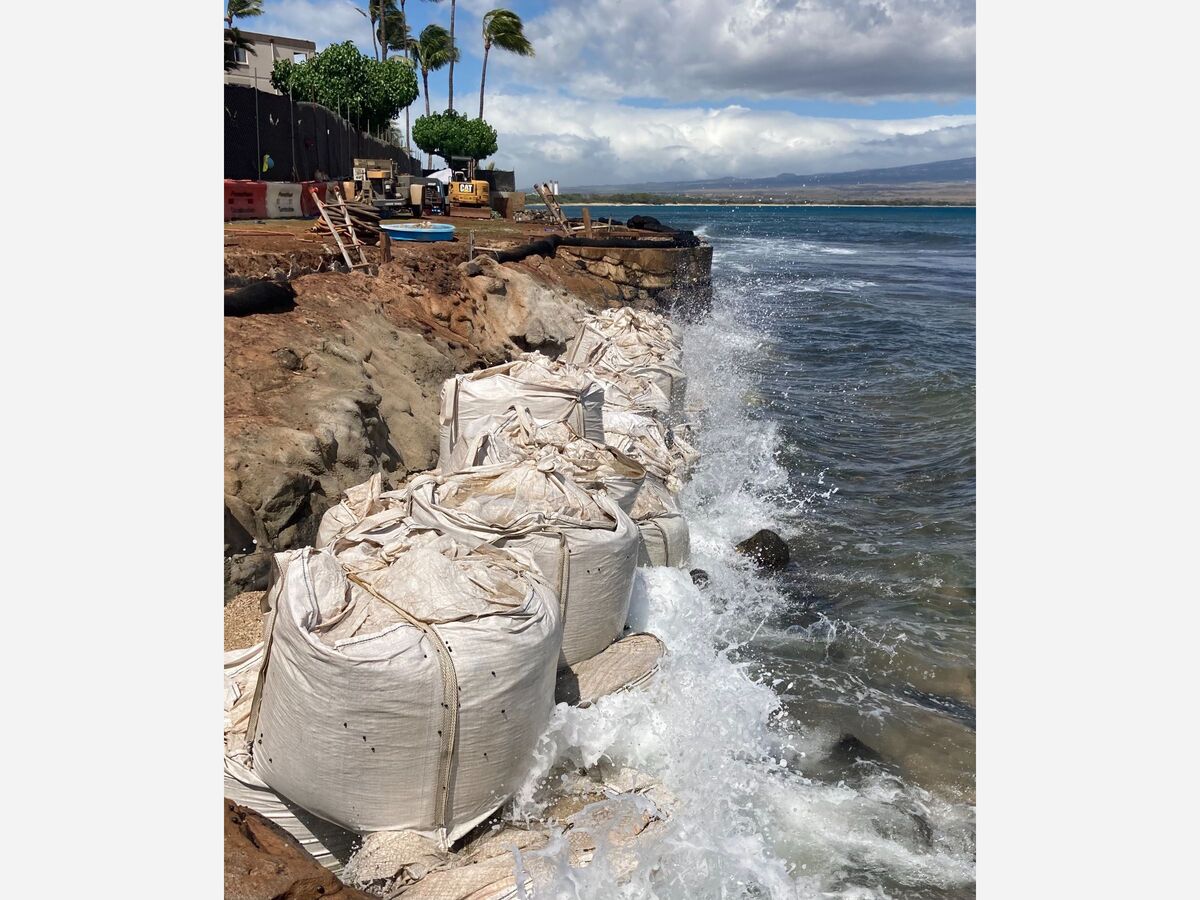Image


Climate change-driven erosion on Maui beaches has pulled back a cover on the island’s immediate past ~ confounding some leading archaeologists and scientists.
While the loss of sand and beach threatens homes and properties, the mass erosion has surprised Maui history and culture experts with a series of very unusual findings.
“We’re seeing evidence that locals once drove their Toyota Tacomas off of roads, namely on beaches, which is a tremendous find,” said Harry Reasonbottom, an archaeologist with the national Climate Change Cooperative Project, formed in 2015 to study potential cultural impacts of climate change.
"Today, as we know, locals only drive Tacomas and Tundras on streets and highways, with many of them obnoxiously raised on top of ginormous tires. Some don’t want to take them off road because they are difficult to clean," Reasonbottom said. "So now we learn that long ago, Maui locals actually rolled Tacomas on land freely."
Near a Maalaea erosion-control project earlier this year, CCCP anthropologists carefully brushed away sand long covered by the grass of a nearby condominium complex. They found Tacoma tire tracks criss-crossing the land at about 10 feet down.
"It looked like a bunch of Tacomas were used for a party, because there were quite a few different tire tracks,” Reasonbottom said. “But they definitely were Tacomas, most likely the first model year of 1995. This shows us that Tacomas have been popular on Maui since they first rolled off Japanese assembly lines.”
The Tacoma insight is among several other findings that mass erosion around Maui has revealed. Some of the bigger ones include: